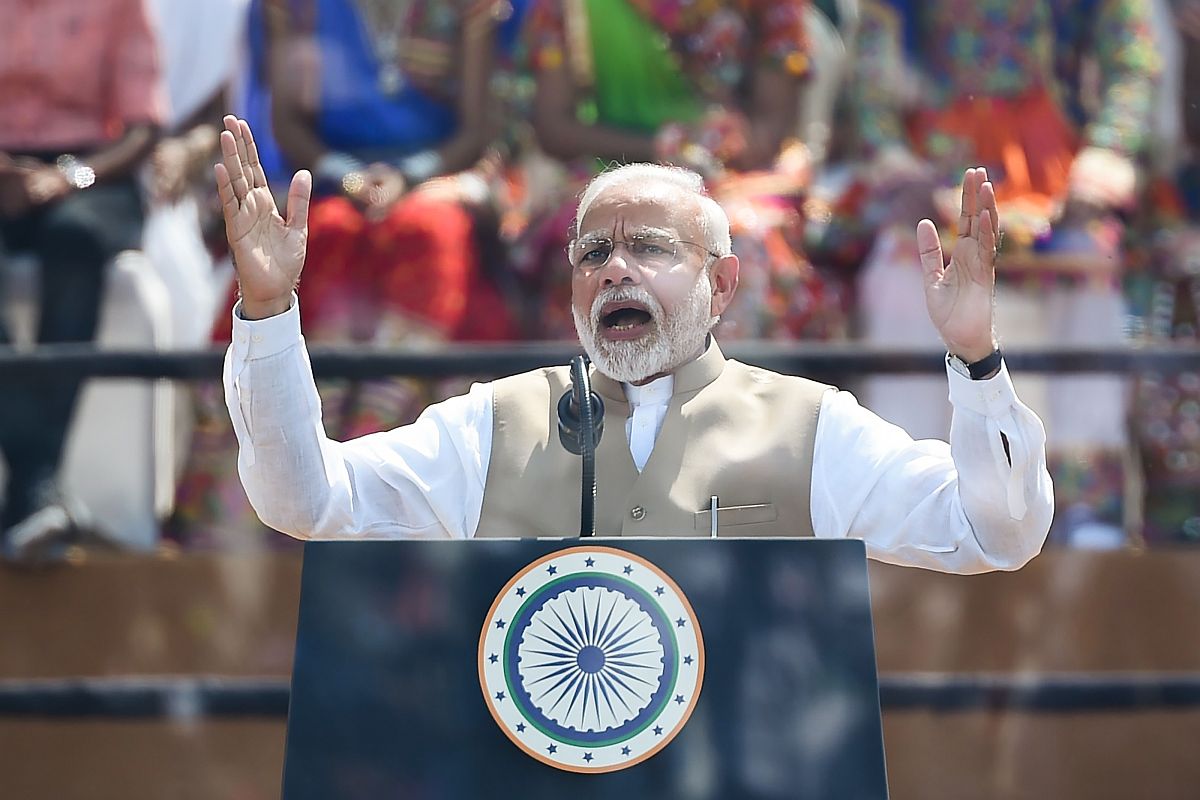Amist soaring tensions between India and China at the Line of Actual Control (LAC) in eastern Ladakh, Union Minister Ravi Shankar Prasad on Wednesday said that “no one can threaten Narendra Modi’s India”.
Prasad was addressing a press conference in Delhi on Wednesday.
On being asked about the face-off at the Line of Actual Control, he gave a one-liner reply: “No one can dare to stare at Modi’s India.”
The minister, however, refused to elaborate on the Sino-India face-off.
Prasad’s reply on the border tension comes a day after Chinese President Xi Jinping on Tuesday ordered the military to scale up the battle preparedness, visualising the worst-case scenarios and asked them to resolutely defend the country’s sovereignty.
Xi ordered the military to think about worst-case scenarios, scale up training and battle preparedness, promptly and effectively deal with all sorts of complex situations and resolutely safeguard national sovereignty, security and development interests.
However, there was no mention of any specific issues that posed a threat to the country.
Jinping’s comments come in the wake of the continuing standoff between the militaries of India and China at the Line of Actual Control (LAC).
Several areas along the LAC in Ladakh and North Sikkim have witnessed major military build-up by both the Indian and Chinese armies recently, in a clear signal of escalating tension and hardening of respective positions by the two sides even two weeks after they were engaged in two separate face-offs.
The nearly 3,500-km-long LAC is the de-facto border between the two countries.
Indian and Chinese troops have remained engaged in an eyeball-to-eyeball situation in several areas along the LAC in eastern Ladakh, signalling that the standoff could become the biggest military face-off after the Doklam crisis in 2017.
Meanwhile, ex-Army chief and present MoS (Road Transport & Highways) Gen (Retd) VK Singh told ANI today that the China-India border issue is Beijing’s way to create a distraction when the whole world is accusing them of spreading Coronavirus. “They have done it many times,” he added.
Earlier, member of the National Security Advisory Board and Director General, Centre for Contemporary China Studies, Lt Gen (Retd) SL Narasimhan, speaking to ANI, said that the face-offs are nothing new and the Indian Army can handle the situation well on the ground.
He, however, refuted the theory that China was creating this issue to divert the world’s attention.
“India and China do not have an agreed boundary. These face-offs occur when patrolling takes place along the border. I don’t subscribe to this theory that to divert attention China is doing it. I don’t think that is the correct way to look at it,” Lt Gen (Retd) SL Narasimhan said.
“Territorial integrity and sovereignty is to be protected and whatever status quo was existing before we wouldn’t like to change that and we should ensure that no changes take place. We don’t want to escalate. I sincerely hope we will find a peaceful solution,” he added.
Meanwhile, Prime Minister Narendra Modi on Tuesday met National Security Adviser Ajit Doval, Chief of Defence Staff (CDS) Gen Bipin Rawat and the three service chiefs to assess the situation along the LAC.
Defence Minister Rajnath Singh also held an elaborate security review meeting with Chief of Defence Staff General Bipin Rawat and the Service Chiefs of the Army, Navy and the Air force.
In the meeting which lasted for about an hour, it was also decided that road constructions must continue and Indian fortifications and troop deployment must match those of the Chinese.










